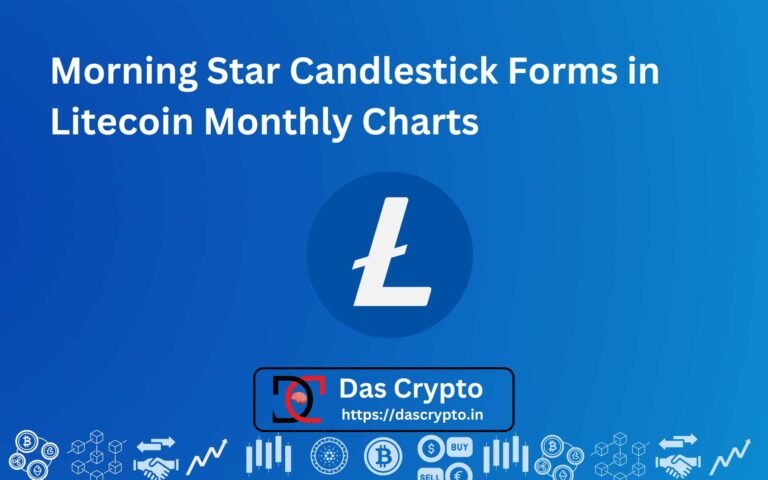U.S. President-elect Donald Trump recently proposed capping credit card interest rates at 10%, calling the current high rates akin to “usury.” His remarks, made during a public address, highlight the growing concern around spiraling debt costs for American consumers. Currently, around 82% of U.S. adults own at least one credit card, many of whom have been feeling the impact of elevated interest rates on outstanding balances.
Credit card interest rates have surged since 2021, coinciding with the Federal Reserve’s rate hikes aimed at controlling inflation.
These rate increases have had a cascading effect, translating into higher borrowing costs for consumers across various forms of debt.
High interest rates resulted from the US Fed’s inflation targeting, which itself was a byproduct of the U.S. government’s $5 trillion COVID-19 stimulus package (released in 2021).
The package injected liquidity into the economy but eventually pressured the Fed to take steps to curb inflation as usually happens after any stimulus package. Earlier we saw this after the 2008 stimulus package.
Implications of a Credit Card Interest Rate Cap
- Debt Affordability: Capping credit card interest at 10% would bring down monthly payments for many households, reducing the strain on disposable income. By easing the interest burden, this policy could help consumers pay down debt faster, ultimately leading to a potential increase in disposable income.
- Shift in Consumer Behavior: Lower interest rates on credit cards may shift Americans’ spending and investment habits. Access to cheaper debt could foster increased financial security while encouraging individuals to redirect their resources into savings and investment vehicles.
- Banking Sector Impact: A federally imposed interest cap would significantly impact banks and other financial institutions that rely on higher interest rates as a key profit source. This could result in tighter lending criteria, or, in a more drastic case, some banks might cut back on their credit card offerings to avoid reduced profitability.
Impact on Crypto Markets
Lowering credit card interest rates could potentially make borrowing and investing in higher-yield financial products more attractive, including opportunities in the crypto market. Here’s how:
- Investment in Crypto Markets: With reduced debt repayment burdens, consumers may have more disposable income to explore investments. The high-yield environment in the crypto space—where platforms like Binance offer significant staking yields—may look particularly appealing. For instance, on Binance, staking yields for popular tokens stand as follows:
- SHIB: 10.12%
- SOL: 12.12%
- AVAX: 20.19%
- NEAR: 20.27%
- Shift Toward Yield Farming and Staking: As more individuals become financially comfortable, they may explore crypto yield farming and staking as methods to grow their wealth. These decentralized finance (DeFi) strategies offer higher returns than traditional banking products, potentially drawing new investors from the lower interest rate environment.
- Increased Liquidity in the Crypto Market: With cheaper access to capital, more investors might look to diversify into crypto assets, increasing liquidity and potentially driving up the prices of popular digital assets. This influx of capital, combined with an uptick in staking and yield farming activities, could bolster the overall crypto ecosystem.
- Enhanced Appeal of Crypto as an Investment Class: As traditional financial products become less lucrative in a low-interest environment, crypto markets offering attractive staking yields might attract more mainstream attention. This could contribute to a gradual normalization of crypto investments, especially among younger demographics seeking higher returns.




